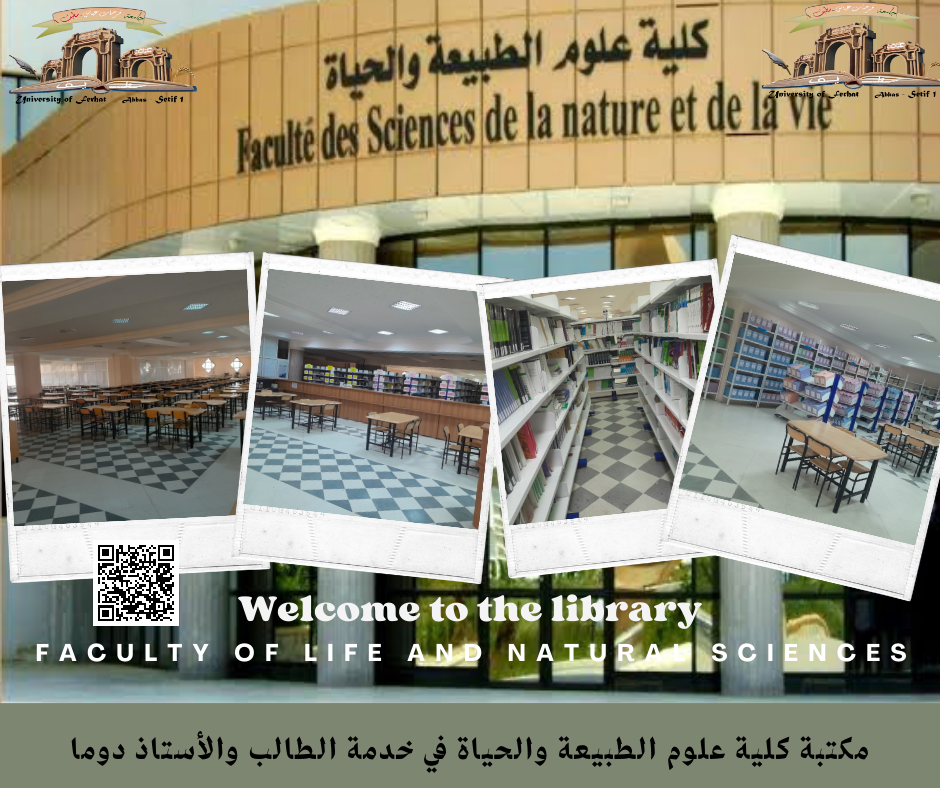Catalogue de la bibliothÃĻque de SNV
A partir de cette page vous pouvez :
| Retourner au premier ÃĐcran avec les catÃĐgories... | Votre compte | Aide |

| Titre : | The microbial load of prayer carpets : evaluation and proposed solution |
| Auteurs : | Latifa Abbas, Auteur ; Harzallah, Daoud, Auteur |
| Type de document : | document ÃĐlectronique |
| Editeur : | Setif, Algerie : FacultÃĐ des sciences de la nature et de la vie, 2023 |
| ISBN/ISSN/EAN : | MS/1538 |
| Langues: | Français |
| CatÃĐgories : | |
| Mots-clÃĐs: | Mosque ; Microbiological load ; Carpet ; Resistant bacteria ; Yeast ; Fungi |
| RÃĐsumÃĐ : |
The presence of antibiotic-resistant bacteria and fungi that cause respiratory and skin diseases in mosques poses a health burden and a great economic threat, and until today has never been addressed in Algeria. By this, our study aims to evaluate the content and microbial load of bacteria and fungi existing in mosque carpets and to establish a means to control and reduce it. This study was conducted at Ali bin Abi Talib, the largest mosque in the city of El-eluma, province of Setif. Samples from different prayer places were taken using a vacuum cleaner with a capacity of 2000 w. The Imam prayer place, the first row after the Imam, and the last row near the main entrance and designated area for ablution were chosen for sampling. Three samples were taken from each chosen prayer place, head area, hand area, and foot in both men women prayer halls., then transferred to the laboratory for microbiological analysis. The results indicated the presence of total coliform bacteria and fecal coliform in a high percentage in the hand sample, and Staphylococcus bacteria in the head sample, whereas the foot sample was the most in terms of fungal and yeast species. The study also found that the highest number of bacteria was tagged in the Imam carpet dust (19 x 105 CFU/mL). The first row had the lowest count (2.34 x 105CFU/mL). Presence of penicillin-resistant Staphylococcus aureus and E. Coli resistant to cefoxitin, and fungi that cause onychomycosis like Alternaria and yeasts like Rhodotorula, as well as those that cause skin diseases like Trichophyton rubrum was noted. This study raise the need to implement new laws and educate worshipers and even mosque officials on hygiene to reduce the spread of infections and maintain the health and safety of the community. |
Exemplaires
| Code-barres | Cote | Support | Localisation | Section | DisponibilitÃĐ |
|---|---|---|---|---|---|
| MS/1538 | MA/CD231 | DVD et CD | Bibliothèque SNV | Englais | Disponible |

